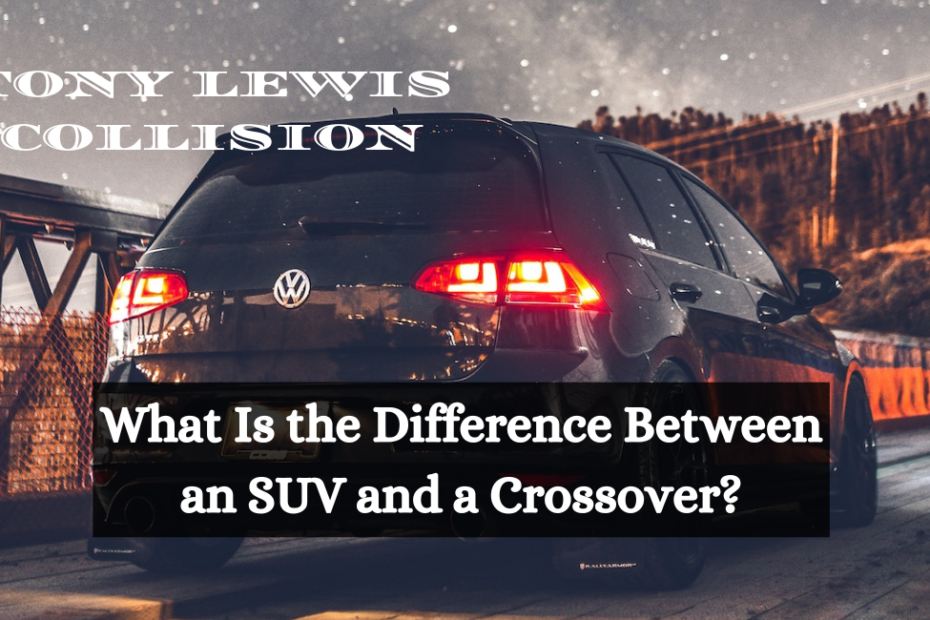“While one of them has a ladder frame, the other has a unibody design,” he says before looking upward.
If you were a contestant on Jeopardy and were asked, “What is the difference between an SUV and a Crossover?” what would you respond? Alex would exclaim, “Correct!” You would win the $300 and then grin at the audience at home. The most straightforward and accurate response is that SUVs have ladder frames while crossovers have unibodies.
1964 Supreme Court Justice Potter Stewart identified obscenity by stating, “I know it when I see it.” There is a second, fuzzier response, akin to Justice Stewart’s “I know it when I see it,” but for automobiles. And I’ll get to that in the conclusion.
First Off, What’s A Ladder Frame?
Horizontally set parallel rails with connecting stiffeners. It resembles a ladder when standing on the edge. It is the steel skeleton of a vehicle, spanning nearly the entire length of the car and holding all of its main organs—engine, transmission, suspension, wheels, and bodywork skin—in place.
Except for a few outliers, such as the Honda Ridgeline and Tesla’s Cybertruck, virtually all vehicles are supported by ladder frames. And, according to our success on Jeopardy, SUVs as well.
The genetic material of the automotive ladder frame is archaic. Horse-drawn carriages were constructed upon them, and early automobile manufacturers (notably Studebaker) continued the practice as they transitioned from animal horsepower wagons to internal combustion horsepower automobiles. However, this was more than merely an obstinate, antiquated custom.
The rutted roads of the early 20th century required large, heavy wheels, and a primitive comprehension of springing and damping meant that it was fortunate that the ladder frame also flexed slightly.
It was a part of the suspension, with the entire vehicle functioning as a giant spring with weights and mini-dampers frequently affixed to each end to dampen any unpleasant resonances. The emphasis was on strength, not rigidity, and the live axle-on-leaf-spring suspension was readily coupled to the frame rails.
As roads became paved and smoother, wheels and suspensions were able to become smaller and lighter, and having a malleable frame became less critical – and eventually a hindrance as manufacturers (particularly Cadillac) gained a better understanding of suspension theory.
For instance, minimizing “unsprung weight” (considered to be the wheels, tires, and axles, plus half of the pivoting elements) improves ride quality. A hefty ladder frame should be separate from the suspension system.
So, What Is a Unibody?
A unibody is more costly than it sounds, much like a ladder frame. Here, the entire, thin-gauge sheet metal structure—typically excluding most of the bodywork skin—bears the burden. It is disseminated. As a side note, the French word monocoque, which means “single shell,” is the unibody’s kissing cousin, except that much of its bodywork is substantially stressed, like an airplane.
Rarely observed outside of racing, this occurrence is uncommon. Many one-piece carbon-fiber racing chassis—with non-stressed superstructure identical to a unibody—are commonly referred to as monocoques, a European term.
What’s Good About Unibody Construction?
There is an inventory of items. The structure’s comparably large cross-section (10 or more times the height of a frame rail) renders it significantly more rigid concerning weight. Or lighter for the same rigidity, which substantially improves mileage. In the event of a collision, its origami-folded structure can be designed to collapse gradually, thereby minimizing the body’s deceleration.
And handling is enhanced as a result of the suspension’s ability to attach to a more three-dimensional structure. At the same time, its connection points don’t flex as much as the chassis deforms, allowing the tires to perform their function more precisely.
Why would anyone construct a ladder-frame SUV with all these benefits? Good topic. As a result, most vehicles on the market are unibody crossovers. However, there are a few exceptions. Serious off-roading requires heavy wheels and suspensions and a strong (if not rigid) frame to affix them to. Towing loads can travel directly through the frame rails to the recesses, where the wheels are hauling.
In addition to ladder frames and unibodies, many other chassis configurations exist. The 1934 Chrysler Airflow anticipated unibody construction with a tubular skeletal structure interconnected by load-bearing panels. The body of the modern C8 Corvette is a non-load-bearing envelope constructed of cast, extruded, and sheet aluminum.
What Is It—An SUV Or A Crossover?
How about the definition of Supreme Court Justice Stewart? I once had lunch with Subaru product planners contemplating a new product: “What if we raise the Legacy wagon (it had FWD) and give it an all-wheel drive?” I expressed my belief that they were insane.
Subaru intended to capitalize on the SUV craze without producing an actual SUV. Thus, the Outback, or what we now call a crossover, was born. And the reason why I do not work as a product planner.
If a manufacturer believes they will sell more unibody crossovers if they give them a rugged SUV appearance, nobody can stop them. But it won’t be impressive.
Learn more: Future Cars: The Best New Cars Coming in the Next Few Years
